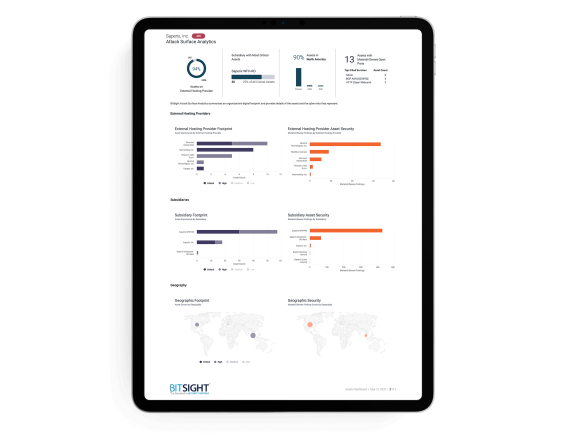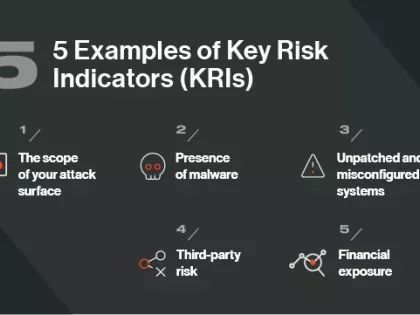Request your free custom report and see how you can start reducing your cyber risk exposure across your digital ecosystem: cloud assets across all geos & subsidiaries; discover shadow IT; security risk findings; and more!
3 Ways to Conduct a Vulnerability Probe that Continuously Exposes Hidden Cyber Risk

You can’t reduce the cyber risks faced by your organization if you don’t know what you’re up against. That’s the purpose of a vulnerability probe.
A vulnerability probe uses scanning technology to scour your organization’s network for indicators of potential breach risk. But not all probes are created equal, and this could put your organization in cyber jeopardy.
Let’s look at three best practices for conducting an expansive vulnerability probe of your organization’s digital footprint so you can act as efficiently as possible to remediate risk.
1. See your network the way a hacker does
To truly understand the risks that a threat actor might exploit, you need a vulnerability probe tool that sees your network the way the bad guys do.
For instance, a hacker will scan networks for vulnerabilities and potential entry points, such as misconfigured software, open ports, and unpatched systems. You may think your security team has a handle on these risks, but as your digital environment expands – to the cloud, remote locations, and across business units and geographies – pinpointing where vulnerabilities exist isn’t easy.
Look for a tool that provides an outside-in view of your network so you can identify hidden risk and what systems or data may be compromised if a hacker exploits that threat.
2. Use a vulnerability probe tool that shines a light on the most pressing risk
When you run a vulnerability scan, your tool(s) will likely identify hundreds if not thousands of issues. Some may be relatively minor, while others could have catastrophic consequences if exploited. The Capital One breach is just one example of a hacker exploiting a pressing vulnerability –in this case a misconfigured web application firewall on the bank’s AWS cloud instance – to gain access to the personal and financial information of millions of customers.
But traditional monitoring tools make it hard for security teams to identify where the greatest risk lies. That’s because they usually only handle a specific type of solution. There’s a tool for the cloud, another for endpoints, another for on-premise systems, and so on. As a result, teams spend time jumping between tools and not getting a complete picture of their organizations’ security postures. This incoherent view of risk may even mask security threats.
Instead of drowning in a sea of data alerts from siloed security solutions, take advantage of a vulnerability probe solution that uncovers and visualizes the most critical risks in a single dashboard view.
Bitsight Attack Surface Analytics provides ecosystem-wide views of your digital assets (including those in the cloud and across remote networks). Using the tool, you can assess cyber risk based on individual assets, visualize areas of critical or excessive risk, determine areas of highest exposure, and prioritize remediation.
3. Utilize a continuous vulnerability probe
Bitsight is unique in that it continuously probes your entire network for new vulnerabilities and potential anomalies – in one intuitive interface. Continuous monitoring is essential because cyber risk is constantly evolving and emerging.
With Bitsight’s powerful data and analytics platform, you’ll receive cyber health alerts when new and pressing risks are detected. No need to hunt threats down – you’re alerted to problems right away so you can quickly take action when a vulnerability is found
For instance, let’s say a business unit in Germany spins up a new application server but fails to configure its TLS and SSL security protocols correctly (a commonly exploited vulnerability). With Bitsight you’ll have full visibility into the issue and can take quick steps to remediate it before a hacker spots the misconfiguration and gains unauthorized access.
Learn more about how cybersecurity risk management with Bitsight allows you to continuously probe for vulnerabilities so you can align security investments to tackle high priority threats that could adversely impact your business.



